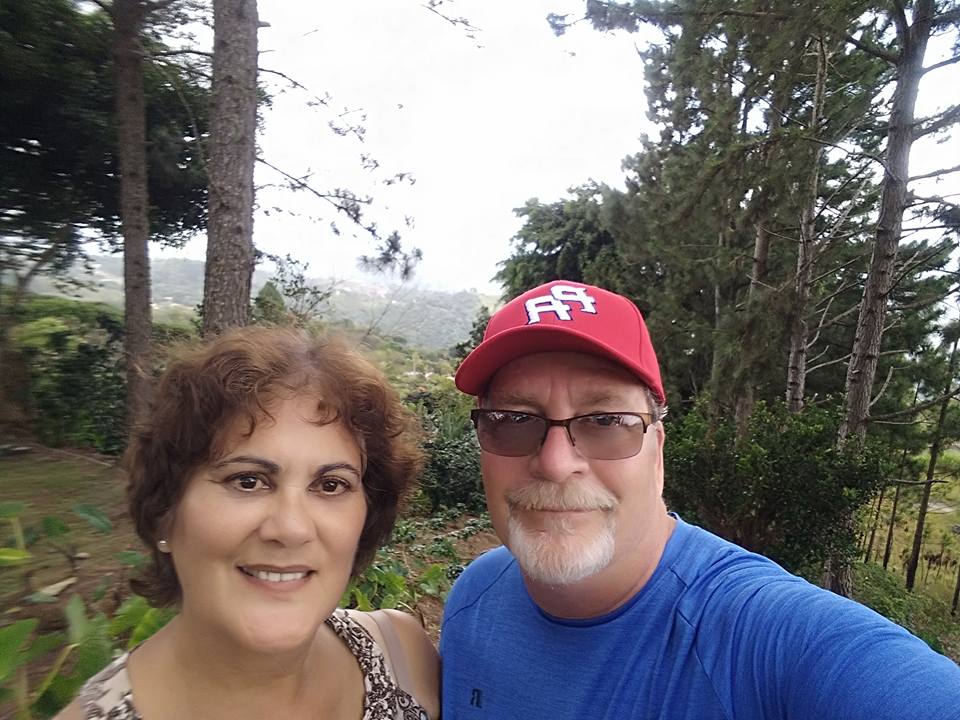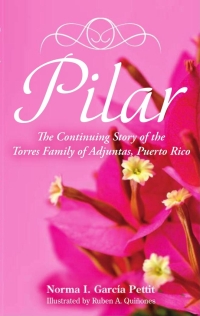Café con Leche
In Puerto Rico there is a tradition called “el Cafecito de las tres” – the three o’clock coffee. It is such an integral part of our culture that it is mentioned a number of times throughout Luisa. Here are a few examples:
- In Chapter 4 – “One afternoon in late summer, Luisa made a suggestion as she and Chenta were having their three o’clock coffee break.”
- In Chapter 10 – “After enjoying their three o’clock coffee during a short break, the three women were revitalized and eager to continue with the making of the pasteles.”
- In Chapter 11 – “Petra came for a visit, and the two sisters sat down with Chenta and planned their gardens over their midafternoon coffee.”
Keep in mind that in those days coffee was not made the way we make it nowadays. In Chapter 3 we observe how Luisa went through the process.
She ground the coffee beans and put the fresh grounds in a pan of water on the stove. When it was boiling, she poured them through the “colador” – a cloth sack that hung from a metal frame with a handle – and into a pot. The coffee grounds stayed in the strainer and the pot was filled with fragrant black coffee. To make their customary “café con leche”, Luisa poured some black coffee into another pan, added milk and heated it up.
Even back in the 1800s, Puerto Rico was known for its outstanding coffee. It was first introduced to the island in 1736 as a minor cash crop during the Spanish colonial rule, but by the end of the 18th century, Puerto Rico was producing more than a million pounds of coffee a year, generally 100% arabica. Luisa’s hometown of Adjuntas was one of several mountain towns that was ideal for growing coffee due to its elevation (2,316 ft) and its average yearly climate of 70 degrees F. After the mid-19th century, immigrants from Corsica and Majorca brought their expertise in coffee production to the area, establishing coffee plantations that exported their product to Europe and the United States. By the late 19th century, around the time that Luisa takes place, coffee production peaked and the island was the world’s seventh largest producer of coffee.
Today’s PR-123 (the original PR-10) was known as la ruta del café – the coffee route – because it connected the coffee-growing town of Adjuntas to the port city of Ponce as a farm-to-market road. Nowadays, la ruta del café often refers to the panoramic road that takes you from one working coffee plantation to another. In 2017, Randy and I visited one such place, Hacienda Pomarrosa (see pic below) and even spent an idyllic night in one of their rustic cabins. Other plantations with guided tours, tastings and museums include Hacienda Buena Vista in Ponce, Hacienda San Pedro in Jayuya, and Hacienda Tres Ángeles in Adjuntas.
For me, having been born and raised in San Francisco, California, I can’t say that I was used to having a three o’clock cup of coffee, but from ages 18 to 29 I lived in Puerto Rico and quickly acquired the custom. My family knows that I like to have my coffee with enough milk in it to make it the color of a brown paper bag. My sister and my brother used to tease me about this until one time when the three of us were on a trip to Puerto Rico together. We ordered cups of café con leche and the waitress brought us three cups of the hot beverage…all of them the color of paper bags! I had the last laugh on that one.

